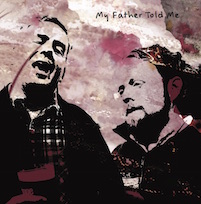DVD-R Duplication:
The data contained on the original master disc is burned (duplicated) onto blank DVD-R discs. With smaller quantities, this is the most effective and cost efficient way of producing DVD copies. The storage capacity is 4.7GB of data or approximately 2 hours of video.
DVD-5 or DVD-9 Replication:
The content on the original master is transferred via a “Glass Master” to a Stamper, a metal disc which looks like an oversize DVD. The discs are manufactured by an injection moulding process whereby this Stamper is introduced to hot, liquid polycarbonate, which is rapidly cooled so it hardens, thus creating the disc. A fine layer of aluminium is spread across the surface of the disc to create a reflective surface. DVD-5 is a single layered disc with a storage capacity of 4.7GB (the same as DVD-R). Replication is the most cost effective way of producing larger quantities. The storage capacity of 4.7GB of data equates approximately to 2 hours of high-quality video.
DVD9 is a dual layer disc which doubles the capacity available.
If you are unsure about which format you need, feel free to give us a call or email and we’ll be happy to clarify any of this.
Visit us at www.allwritemedia.com

Thank you – clear and concise!